Russia has started using a new destructive bomb in Ukraine
- By Stavros Atlamazoglou
Share This Article
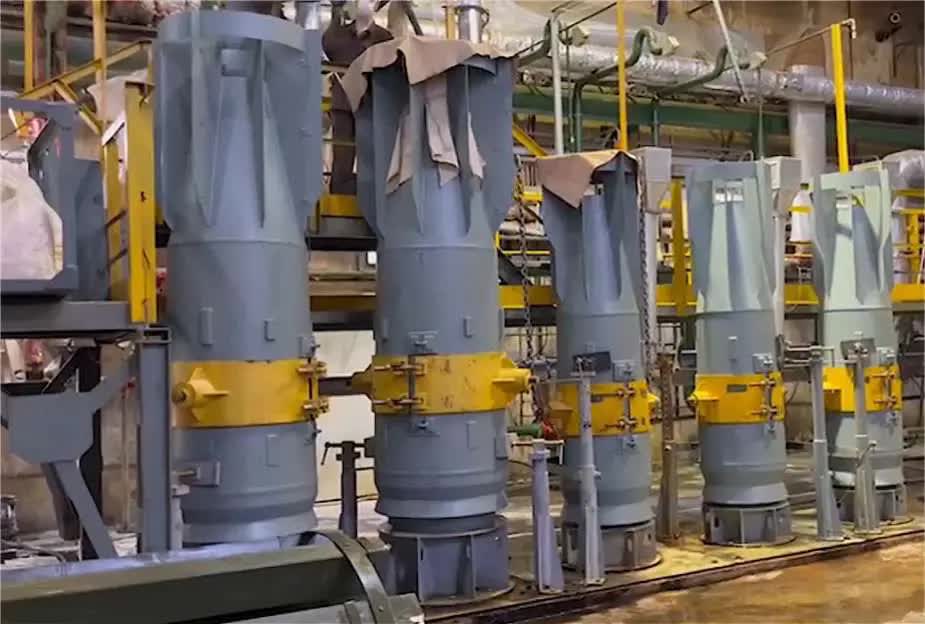
The Russian Aerospace Forces are using a new munition in Ukraine that might change the situation on the ground.
In June, Russian aircraft deployed for the first time the FAB-3000 M-54 glide bomb. Weighing thousands of pounds, the munition can prove quite destructive for Ukrainian military and civilian targets. Ukrainian outlets reported the use of the glide bomb against Ukrainian troop concentration points in Kharkiv Oblast in eastern Ukraine.
Although the bombing itself appears to have been inaccurate, the FAB-3000 M-54’s destructive capability is such that even munitions that do not hit their specific targets can be deadly because of their greater destruction radius. The fact that this is a glide bomb, and it can be released outside the range of Ukrainian air defenses, makes the munition even more dangerous.
“Russian forces used the new FAB-3000 M-54 bomb with a unified planning and correction module (UMPC) to strike Ukrainian positions in Kharkiv Oblast for the first time, representing a new Russian capability with a high potential for destruction if Russian forces continue to be able to use such weapons uninhibited,” the Institute for the Study of War assessed in a recent operational update on the war.
Ukrainian Air Force officials, however, noted that they couldn’t provide a final estimate on the exact type of munition used by the Russian Aerospace Forces.
🇷🇺🇺🇦 Russian FAB3000, 3 ton glide bombs are in mass usage.
— Lord Bebo (@MyLordBebo) June 28, 2024
6600 pounds guided straight into a fortification … and gone pic.twitter.com/BqvSYxsfHt
The FAB-3000 M-54 is a conventional, or “dumb,” bomb that can be converted into a glide munition with the addition of the UMPC.
In March, Russian officials first announced the mass production of FAB-3000 M-54 munitions. Previously, the Russian military had trouble attaching the heavy munition, which weighs almost 7,000 lbs, to tactical aircraft. However, Russian technicians seem to have found a solution.
“The fact that Russian forces have figured out how to launch FAB-3000s is a significant development and will increase the destructive potential of Russia’s ongoing glide bomb attacks against Ukrainian forces and infrastructure,” the Institute for the Study of War added.
As the conflict continues, the Russian Aerospace Forces have increasingly been relying on guided and unguided glide bombs to hit Ukrainian targets. These munitions are released from long distances and travel or glide to their targets while the aircraft launching them is safely away.
“Russian forces have already increased guided and unguided glide bomb use against Ukraine, particularly in Kharkiv Oblast, to devastating effect, and should Russian forces be able to launch massive barrages of FAB-3000s (or even heavier guided glide bombs) they will be able to cause even more widespread damage to Ukrainian frontline positions and critical infrastructure,” the Institute for the Study of War stated.
Related: The Russian A-545: An oddball AK rifle in Ukraine
The performance of the Russian Aerospace Forces
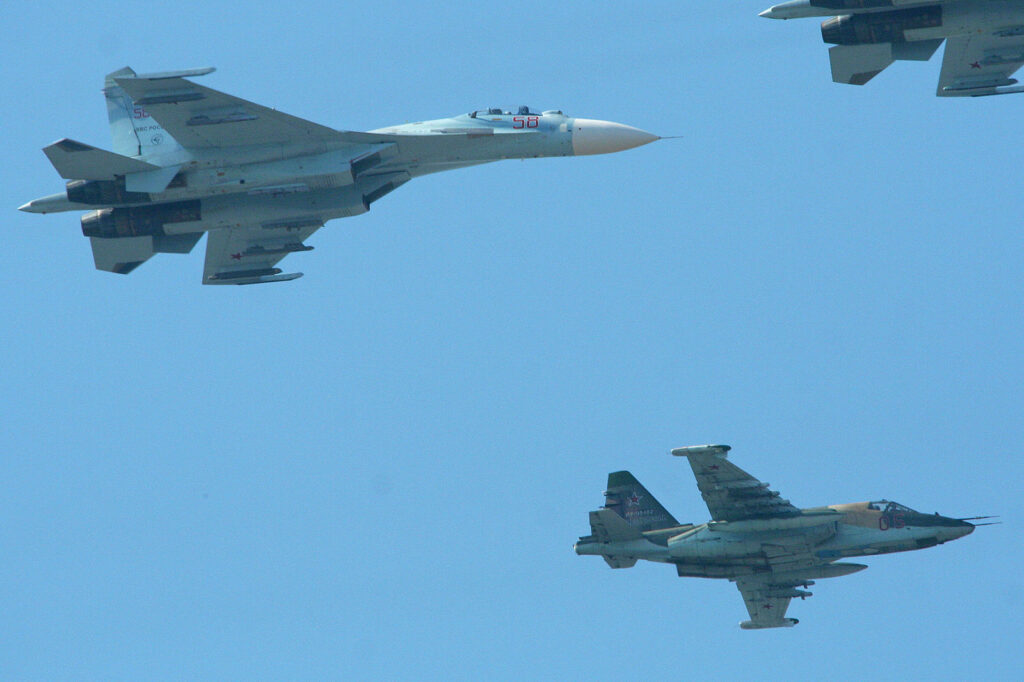
The Russian Aerospace Forces have largely failed in the conflict so far. When it comes to air superiority, although more numerous and with better quality, Russian aircraft have not established control over the skies. Ukrainian pilots have been putting out a stalwart resistance, and there are also too many anti-aircraft systems of all ranges on the battlefield.
When it comes to strategic strikes, they have faired only slightly better. Relying on a combination of stand-off and glide munitions, Russian aircraft have been targeting Ukrainian critical infrastructure and urban centers. However, the questionable quality of these munitions, in conjunction with the powerful – but depleting – Ukrainian air defenses, have largely ensured that these strikes haven’t been as consequential to the course of the war as the Kremlin would want.
Finally, in terms of close air support, the Russian Aerospace Forces have done better but their performance is still far from altering the battlefield. Using fixed- and rotaty-winged attack aircraft, the Russian military has been able to gain tactical superiority during some times and in specific areas of the contact line. But beyond causing some additional casualties to the Ukrainian forces, Russian tactical aviation hasn’t made a difference.
Read more from Sandboxx News
- The toasted-bread standoff: Keeping honest men honest
- US Navy nuclear ballistic missile submarine surfaces off Norway in unusual flex as ‘Doomsday’ plane flies overhead
- Video: Why didn’t the YF-23 go into full production if it was that good?
- Incredible true stories of Area 51: Hiding America’s air power secrets
- Shotguns are still relevant in modern warfare thanks to a new threat
Related Posts
Sandboxx News Merch
-

‘AirPower’ Classic Hoodie
$46.00 – $48.00 Select options This product has multiple variants. The options may be chosen on the product page -

‘Sandboxx News’ Trucker Cap
$27.00 Select options This product has multiple variants. The options may be chosen on the product page -
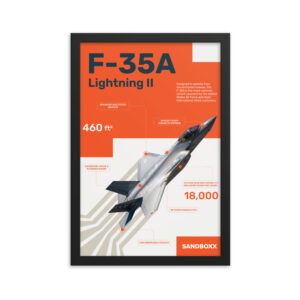
F-35 ‘Lightning’ Framed Poster
$45.00 – $111.00 Select options This product has multiple variants. The options may be chosen on the product page
Stavros Atlamazoglou
Greek Army veteran (National service with 575th Marines Battalion and Army HQ). Johns Hopkins University. You will usually find him on the top of a mountain admiring the view and wondering how he got there.
Related to: Ukraine
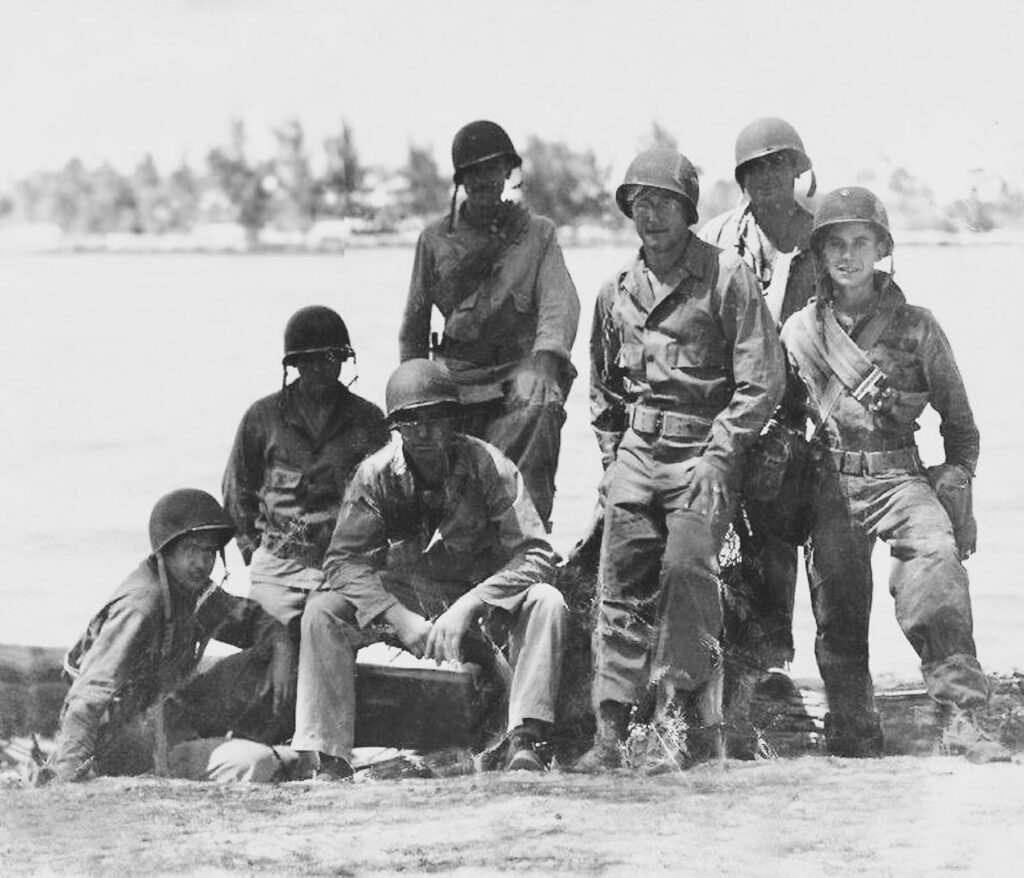
Before the Navy SEALs came the Underwater Demolition Teams
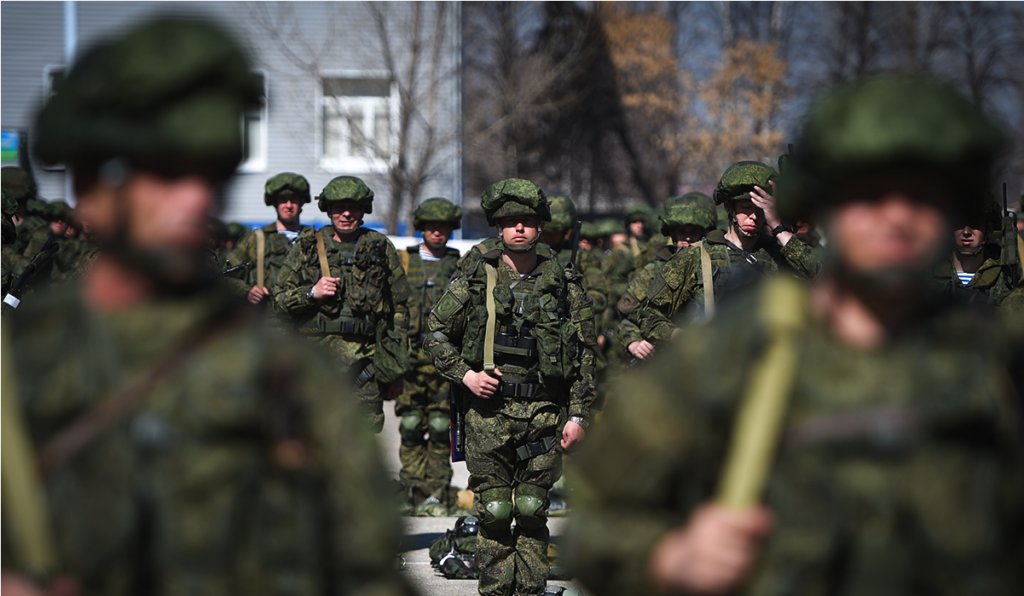
US is freezing military aid to Ukraine – and that will help Russia
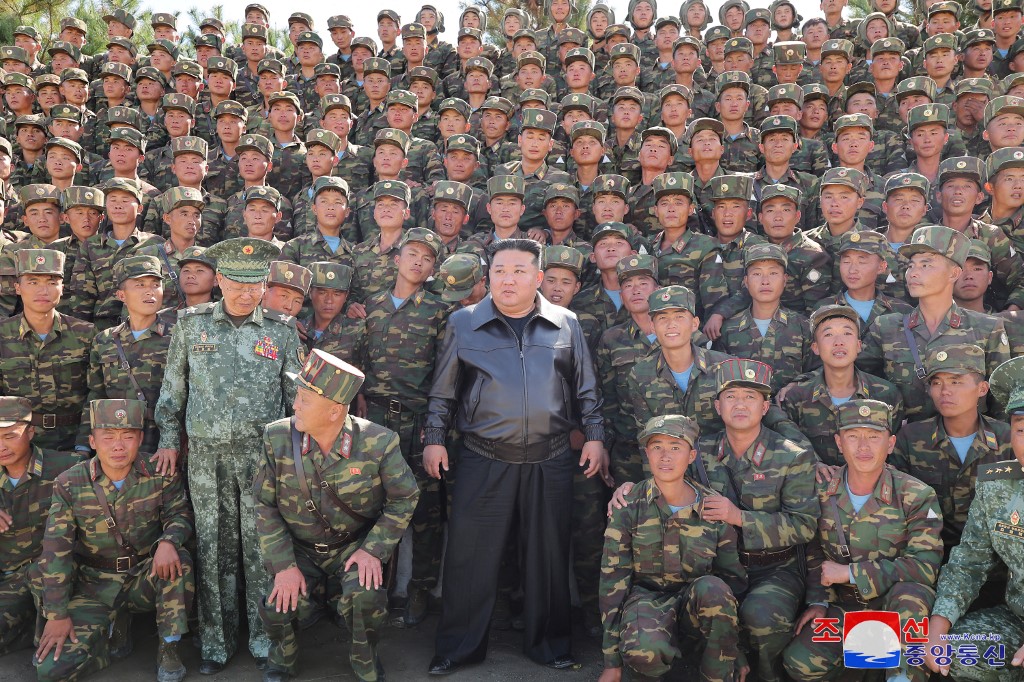
North Korean troops in Ukraine seem stuck in the Cold War, evidence suggests
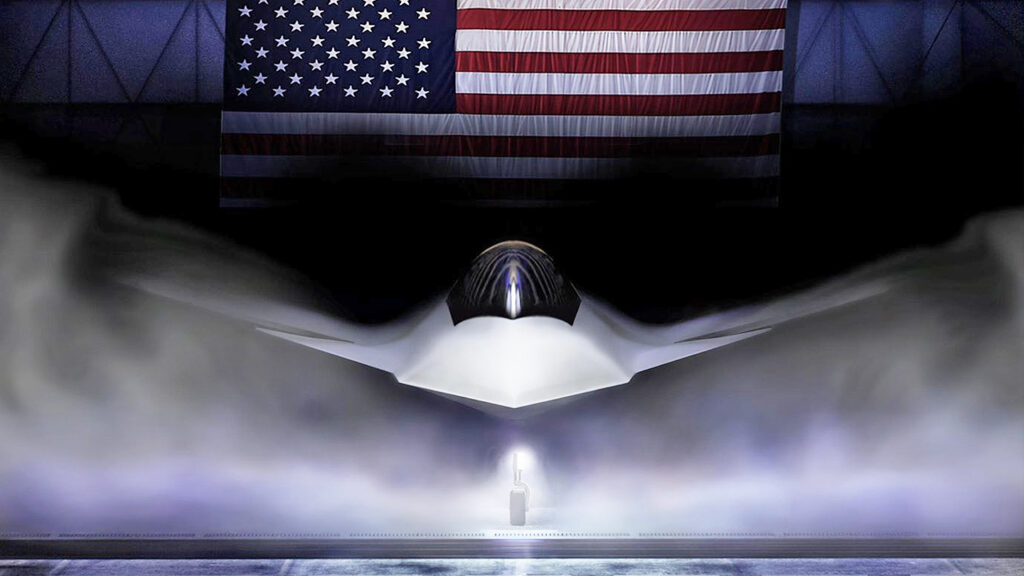
Boeing has managed to win the contract for America’s NGAD fighter
Sandboxx News
-

‘Sandboxx News’ Trucker Cap
$27.00 Select options This product has multiple variants. The options may be chosen on the product page -

‘AirPower’ Classic Hoodie
$46.00 – $48.00 Select options This product has multiple variants. The options may be chosen on the product page -

‘AirPower’ Golf Rope Hat
$31.00 Select options This product has multiple variants. The options may be chosen on the product page -

‘Sandboxx News’ Dad Hat
$27.00 Select options This product has multiple variants. The options may be chosen on the product page
